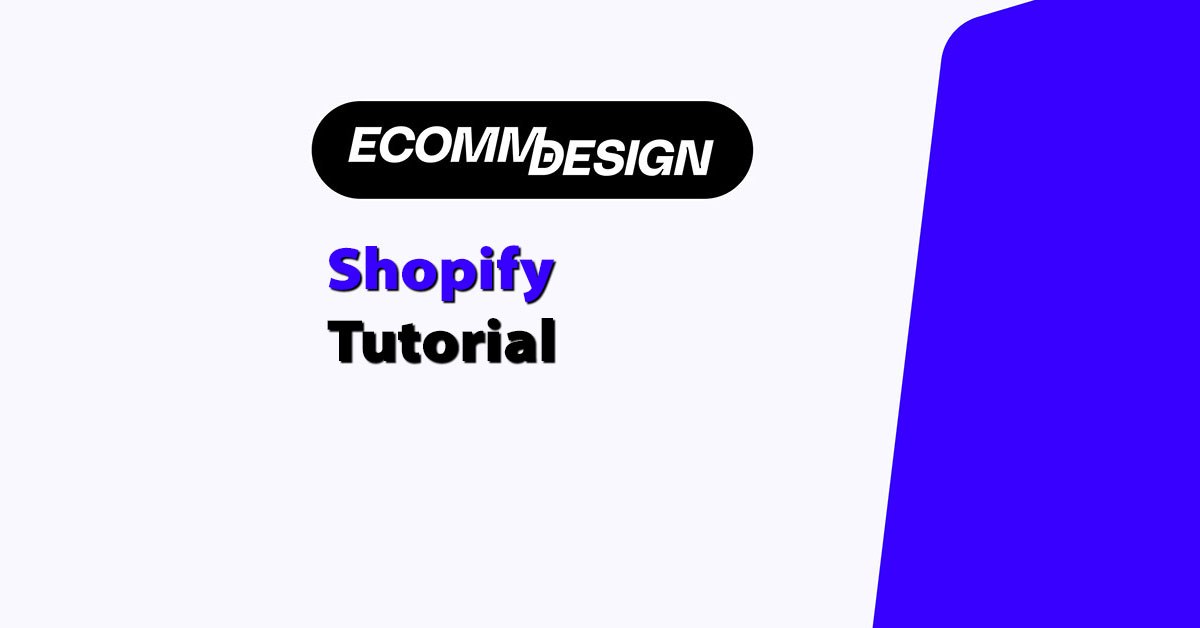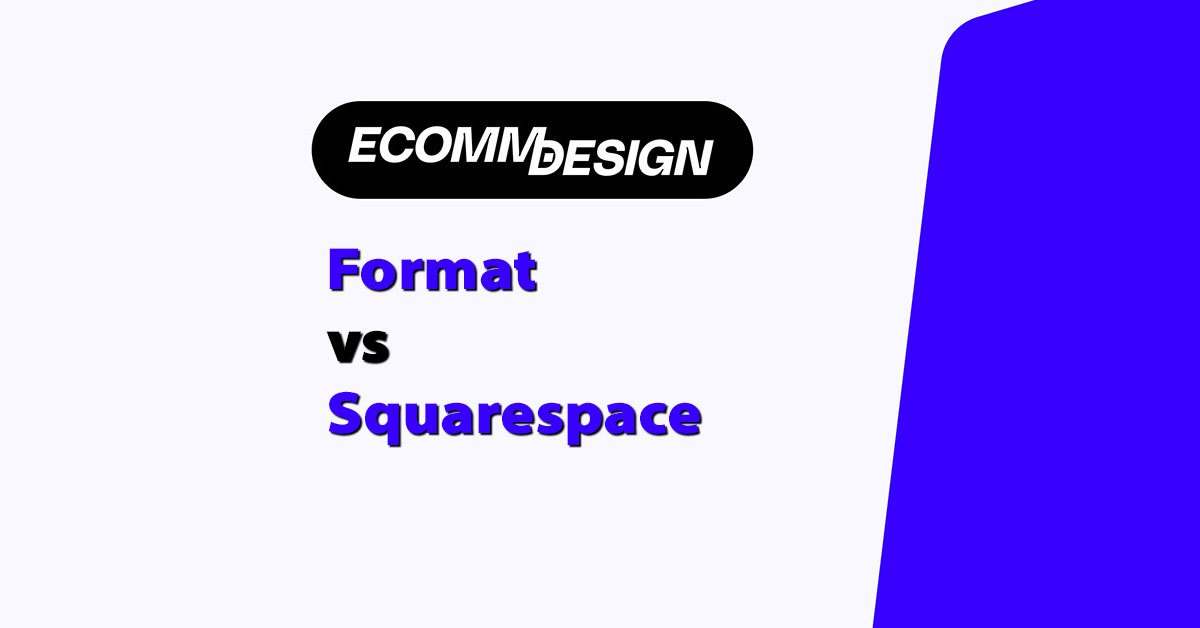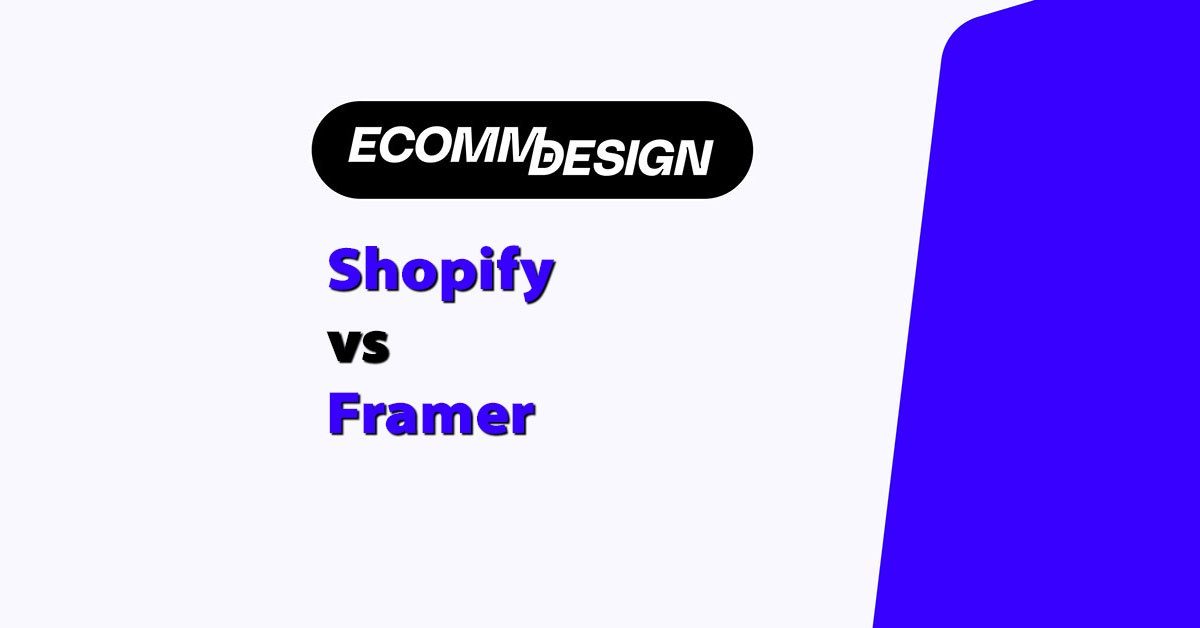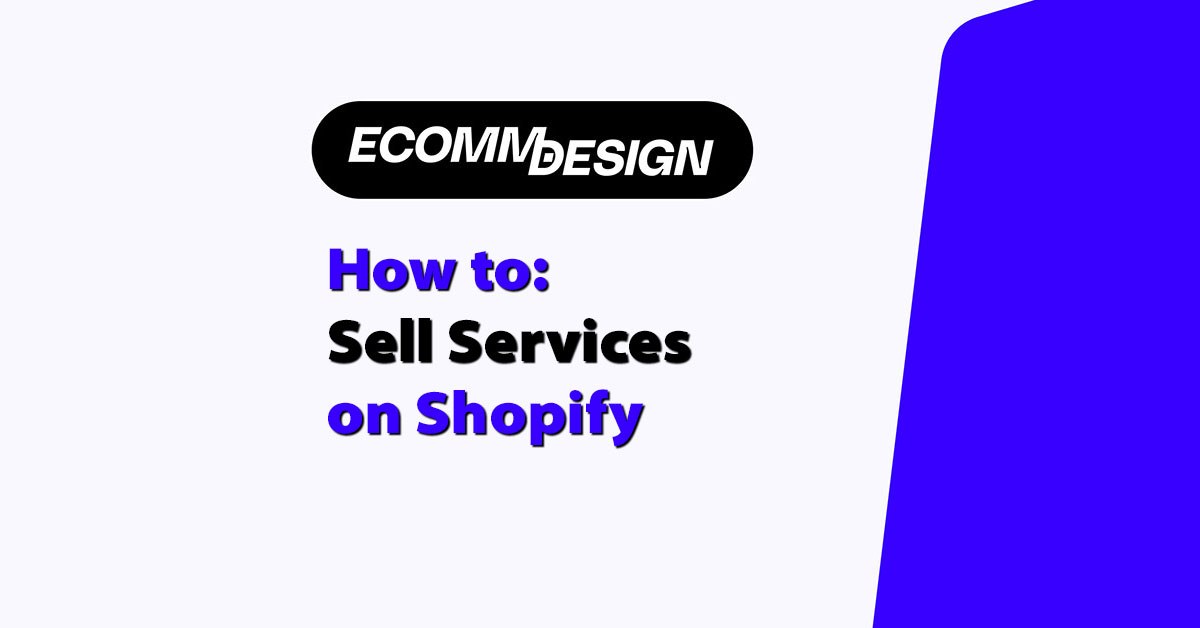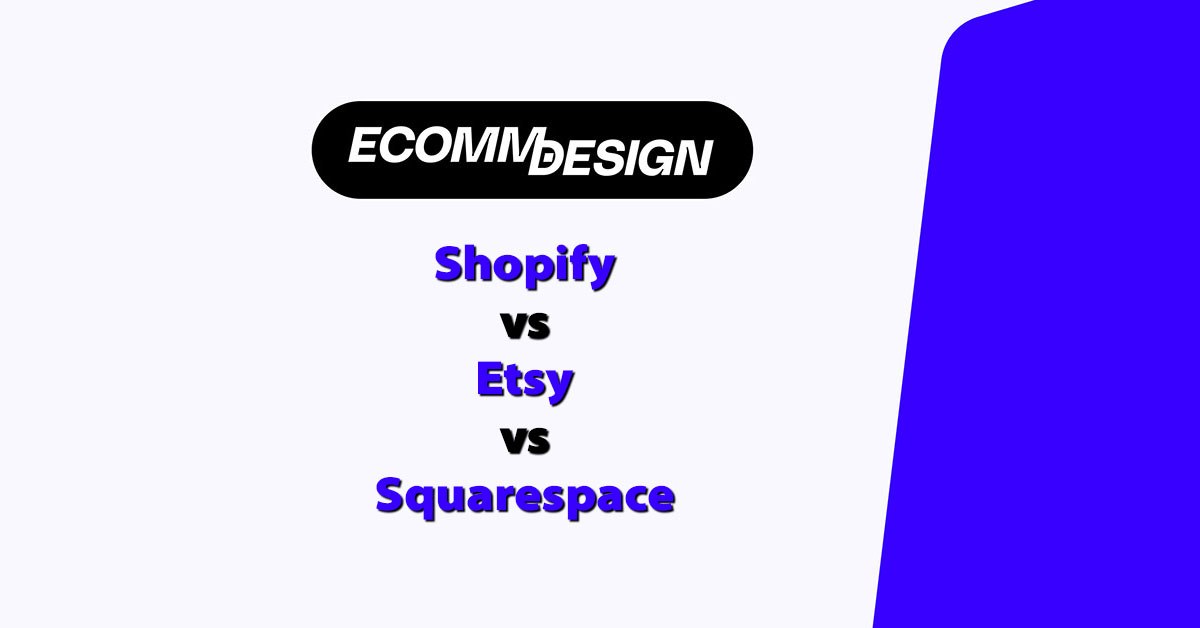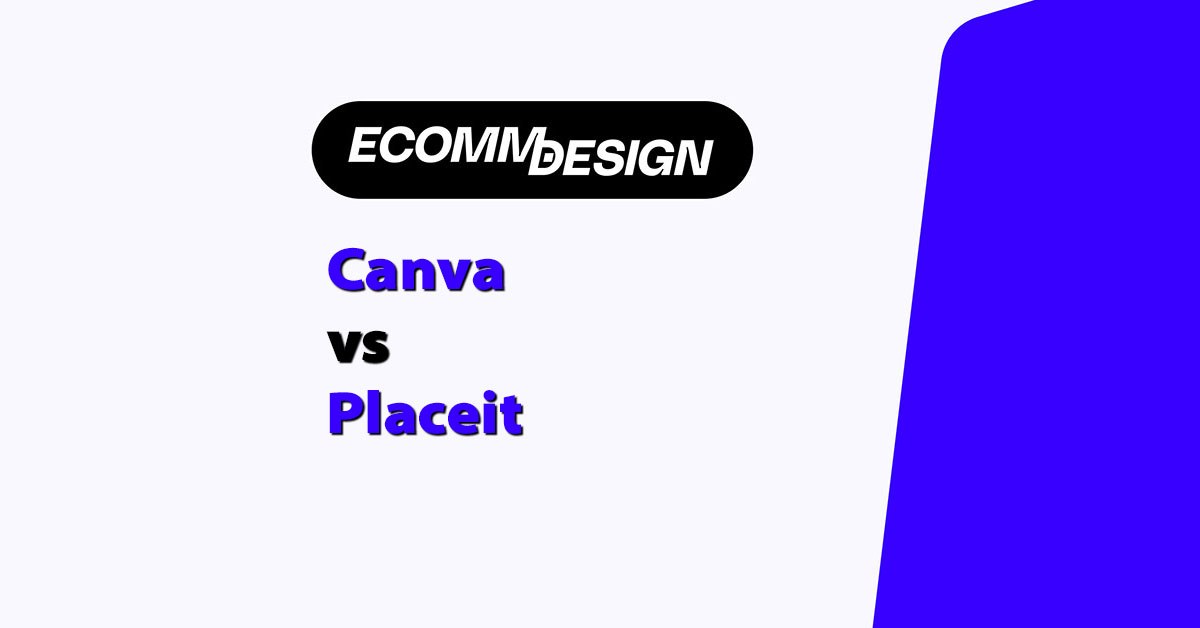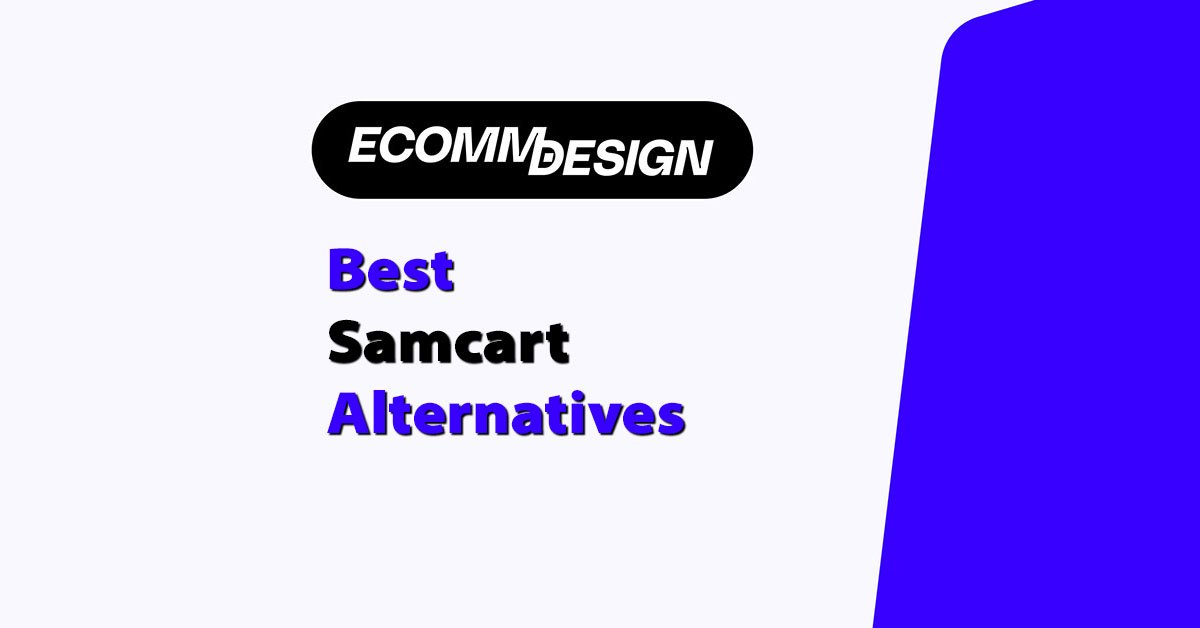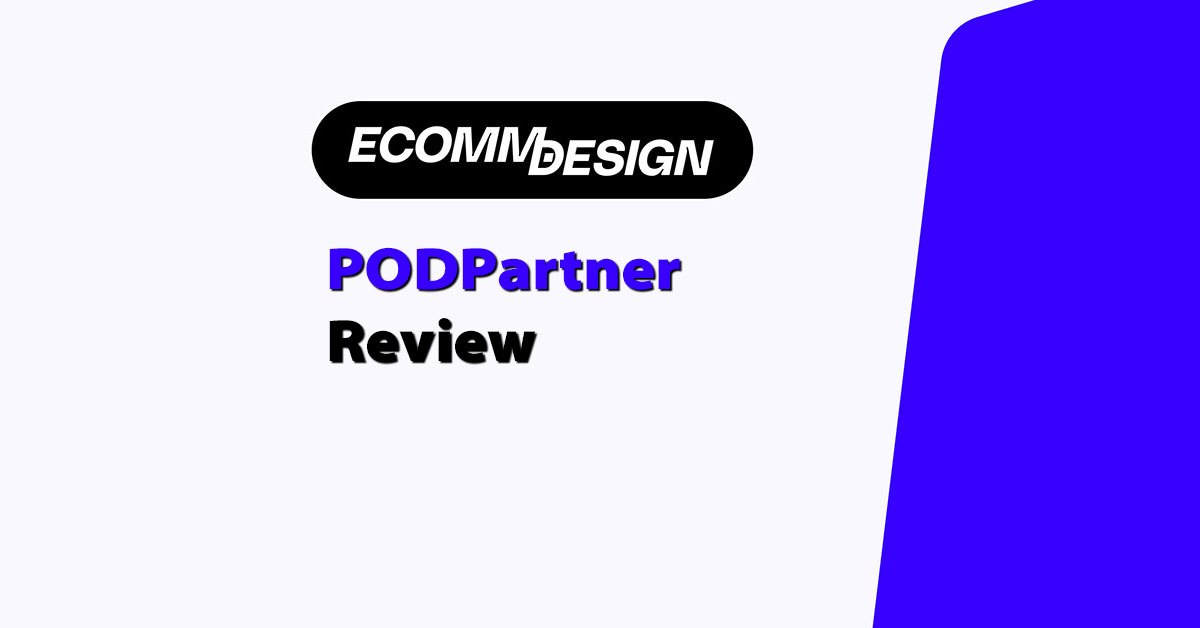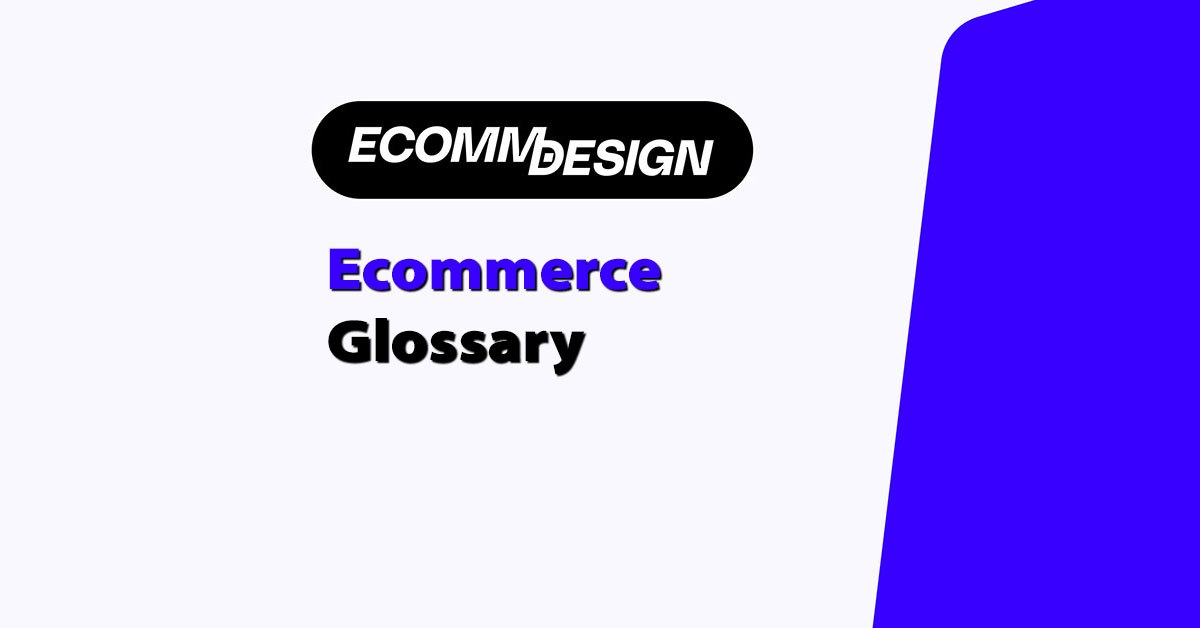
Running an online store is hard enough. Then you get hit with jargon like “CLTV”, “3PL”, or “conversion rate”, and suddenly it feels like you need a marketing degree just to read your Shopify dashboard.
This glossary is here to cut through the noise.
No fluff. No jargon. Just straight-up definitions of the ecommerce terms you actually need to understand if you want to grow your store, make more money, and stop guessing what your ads guy is talking about.
Whether you’re just starting out or scaling past 7-figures, this is the cheat sheet you’ll keep coming back to.
Let’s get into it.
